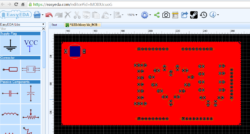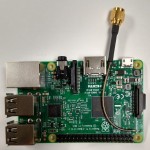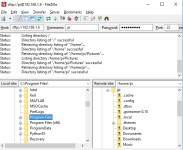How to Get Your Important Homeschooling Tools & Supplies

Although the US economy has been on the road to recovery since 2008, a considerable number of US families still struggle to survive financially. It just seems that there are so many uncertainties over which we cannot control. There is just no way to know whether more bailouts or tax surprises may come our way. Those finances we do have, have to be well managed, and they have to be spent on absolute necessities such as school tools and supplies. Many people have heard about homeschooling but do not know which educational tools and supplies will be necessary to ensure that the child can be adequately educated. There are more things to consider than merely the student’s curriculum materials, there will also be several other essentials which a student may need, and those needs may be different for others. In some cases, assigned material could be used for more than one student, which could help to save costs. There are some things that will need to be constantly supplemented as the need arises.






